How To Make Pie Crust
When I think about pie it makes me happy. Pie moves me. Pie, of all the desserts, evokes a certain joy. What I like most about pie is that it comes in so many flavors – fruit pies, cream pies, merengue pies, even nut pies. I like them all. I also like making them and at the foundation of a good pie is the pie crust. And the pie crust has to be right.
We most often think about pie crust for sweet desserts, but a good pie crust is important for savory foods, too. The savory options – like empanadas and egg pies also deserve a great crust, done right. When I say it has to be right, you know what I am talking about – light, flaky, buttery. Thankfully, with only flour, butter, sugar, salt and water, this is very easy to achieve.
When I think about how to make pie crust, only one thing needs to be considered – achieving shortness. Shortness? You ask. Yes, shortness. When I say short, it is just a very terse way of saying, do anything possible to stop gluten from forming. Gluten is the protein that holds dough together giving the final product its texture and chew.The more dough is worked, the more developed and strong gluten becomes. When I am making pie crust, I want light texture and flakiness – a crumbliness of sorts. This is done by making sure that gluten formation is kept to a minimum.
What then are the things that keep gluten from forming? We need only look as far as the list of ingredients to see what can make a dough short – in the case of pie crust, fat and sugar. The ratio of fat and sugar to flour is what determines a dough’s shortness. If we increase the fat and sugar we will ultimately make tender shortbread cookie dough – dough that is very short (and makes very delicious cookies). The water in the recipe will actually promote gluten formation so as little water as possible should be used. The ice cold water, of which we need just a small amount, will bring the dough together with minimal gluten formation, too. After the dough is formed, there is also plenty of refrigerator time to help cool the dough and allow it to relax.
To make sure gluten formation is arrested as much as possible, the best strategy is to make sure the granules of flour are covered fully with fat. This is why, whether with fingers, pastry cutters, or food processors, the flour (first mixed with the sugar and salt) and very cold butter are rubbed together to create a mixture that looks like sand. This is the first, and classic, step in making a pie crust. The coldness of the butter helps arrest gluten formation and helps ensure flakiness, too.
All of this said, there are pie crusts that include egg. The fat from the yolks acts in concert with the butter. The egg white adds protein and structure. You would think that the addition of egg white would make a tougher crust (because it adds water and protein that when cooked makes a matrix) because of the egg white, but it doesn’t, especially when you use it in concert with a technique call fraisage. Fraisage is the smearing of the dough. After making the dough, it is formed into small balls of dough then, with the heel of the hand, it is smeared across the work surface. The dough smears are then stacked on top of one another. This classic technique does 2 things – it helps create layers of flakiness by making long smears of the butter and flour and helps ensure the dough is consistent and well mixed. The video below the recipe shows this technique and a great recipe for a tasty Peach Galete! A galette is just a more rustic pie that forgoes the use of a pie pan.
Here is the recipe for pie crust. Remove the sugar for savory applications. This recipe makes enough for 2 pie crusts.
- 2 cups of flour
- 1 cup of cold butter
- 2 tbsp of sugar (omit if making savory crust)
- 1/4 tsp of salt
- cold water
- Cube the cold butter.
- In a bowl mix the flour, sugar (if using) and salt.
- With a fork, pastry cutter, your fingers, or a food processor, cut the butter into the flour until the mixture looks like coarse sand. If using a food processor, pulse the flour, sugar, and salt together then add the butter and pulse until the mixture looks like sand. The idea is to rub the butter and flour together so that the flour is totally covered by the fat.
- Add water to the mixture 1 tbsp at a time mixing or pulsing until the dough, when pushed together between your fingers, sticks together and can form a ball. You probably will need 4-6 tbsp, but use as little water as possible.
- Pour the mixture onto a clean work surface and push/fold the mixture until it can be formed into a disk. Wrap the disk in plastic wrap and refrigerate for at least 30 minutes.
- After refrigeration, remove the dough from the plastic wrap and place it on a floured work surface.
- Roll out the dough as needed using a rolling pin.
- For a pie, roll the dough until it is about 1/8 inch thick. You may have to work/push the dough together a little as you roll it so that it comes together. If it is sticky during rolling, use a little extra flour.
- If the crust needs to be blind baked, roll the dough, place it in a pie pan. Place a piece of baking paper on top. Pour in 2 lbs of dried beans. Bake at 400F until the crust is just beginning to look flaky and just golden brown. Remove it from the oven and set aside until ready to fill.
Keep Eating! Keep Innovating!
What is your favorite way to make pie crust? Have any tips to share? Let us know all about it in the comments or on Facebook.
The Culinary Exchange can also be found on Twitter, Instagram, Pinterest, Google+ and YouTube.
Come On! Follow Along!

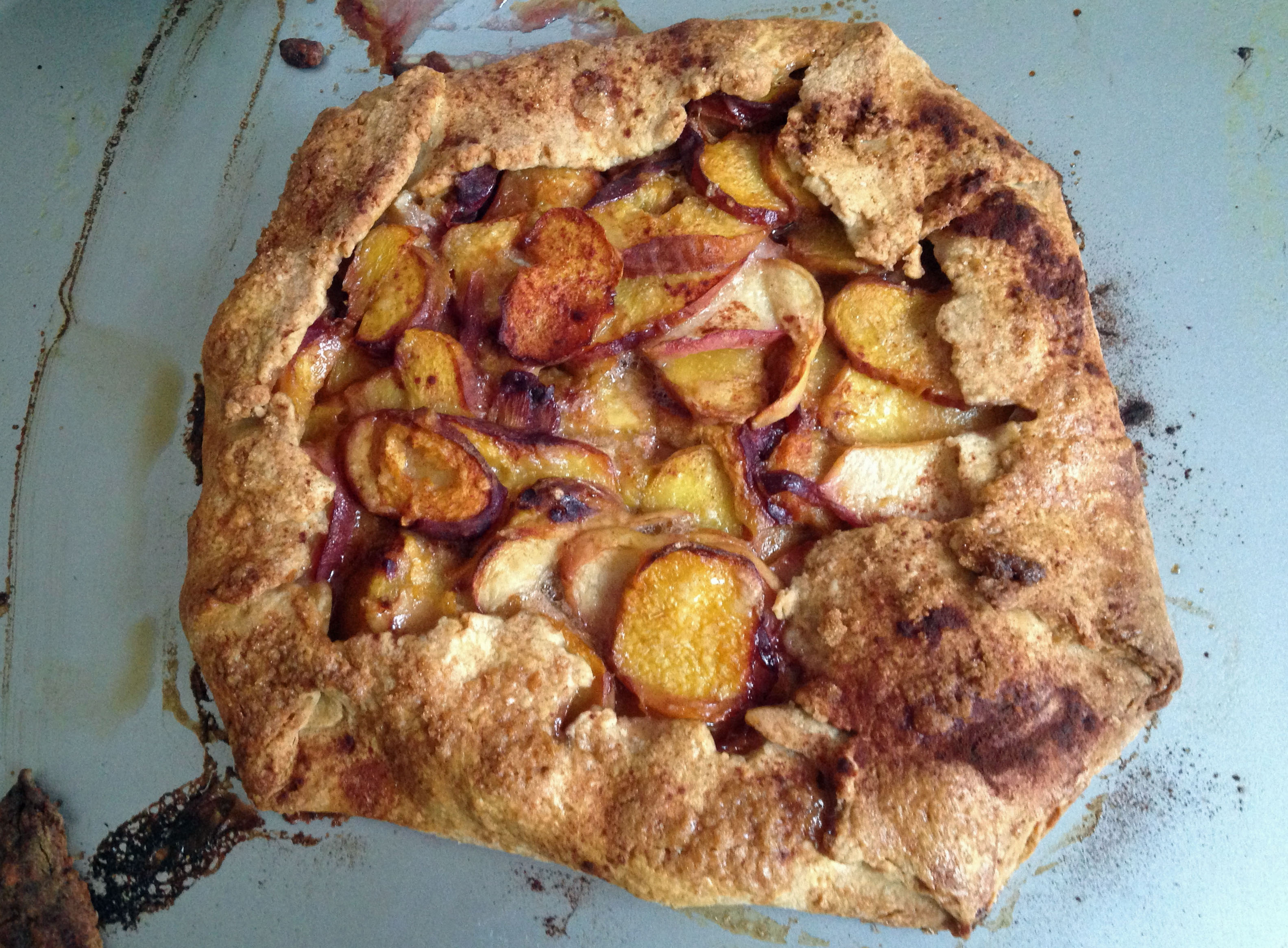

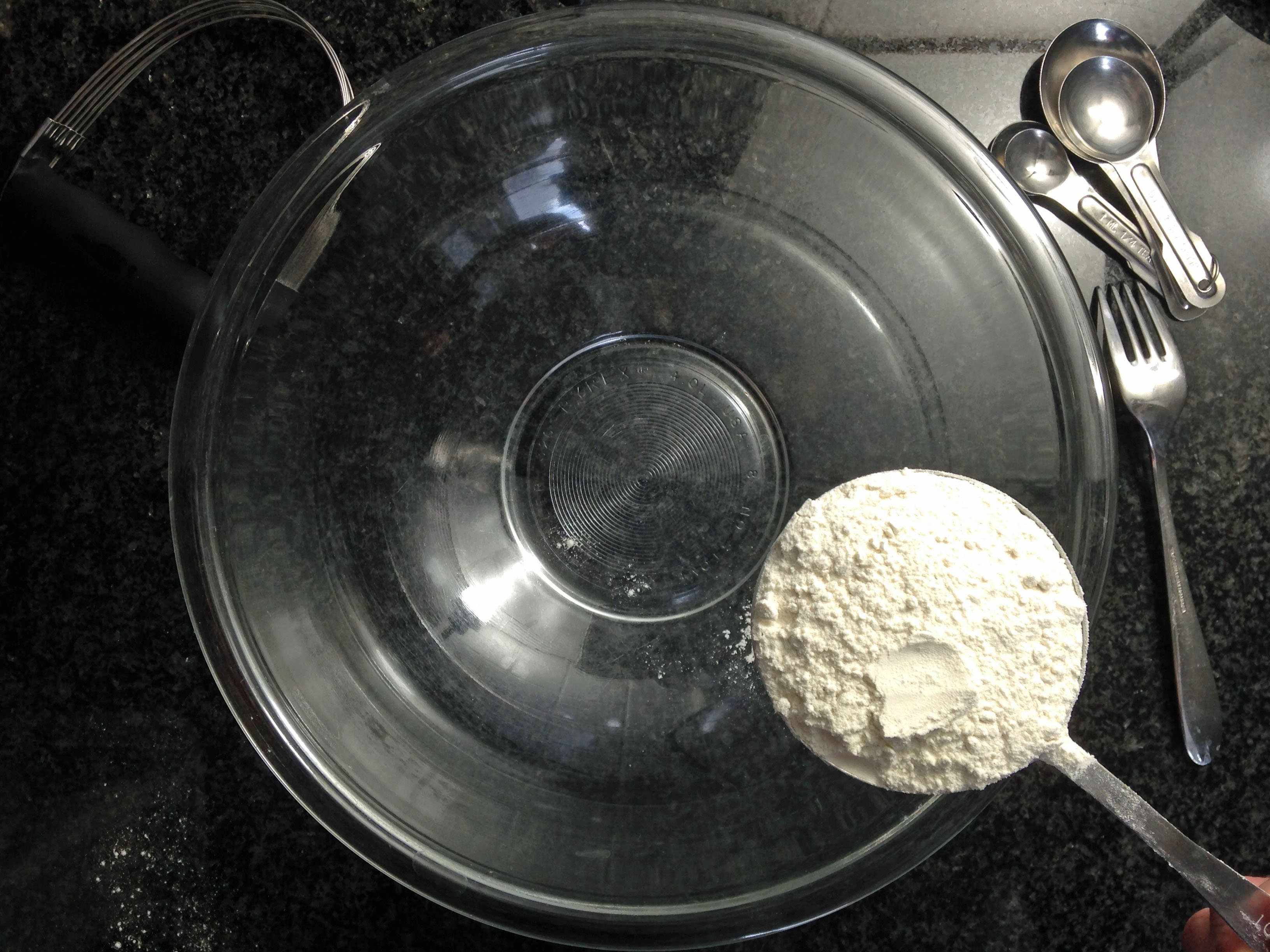
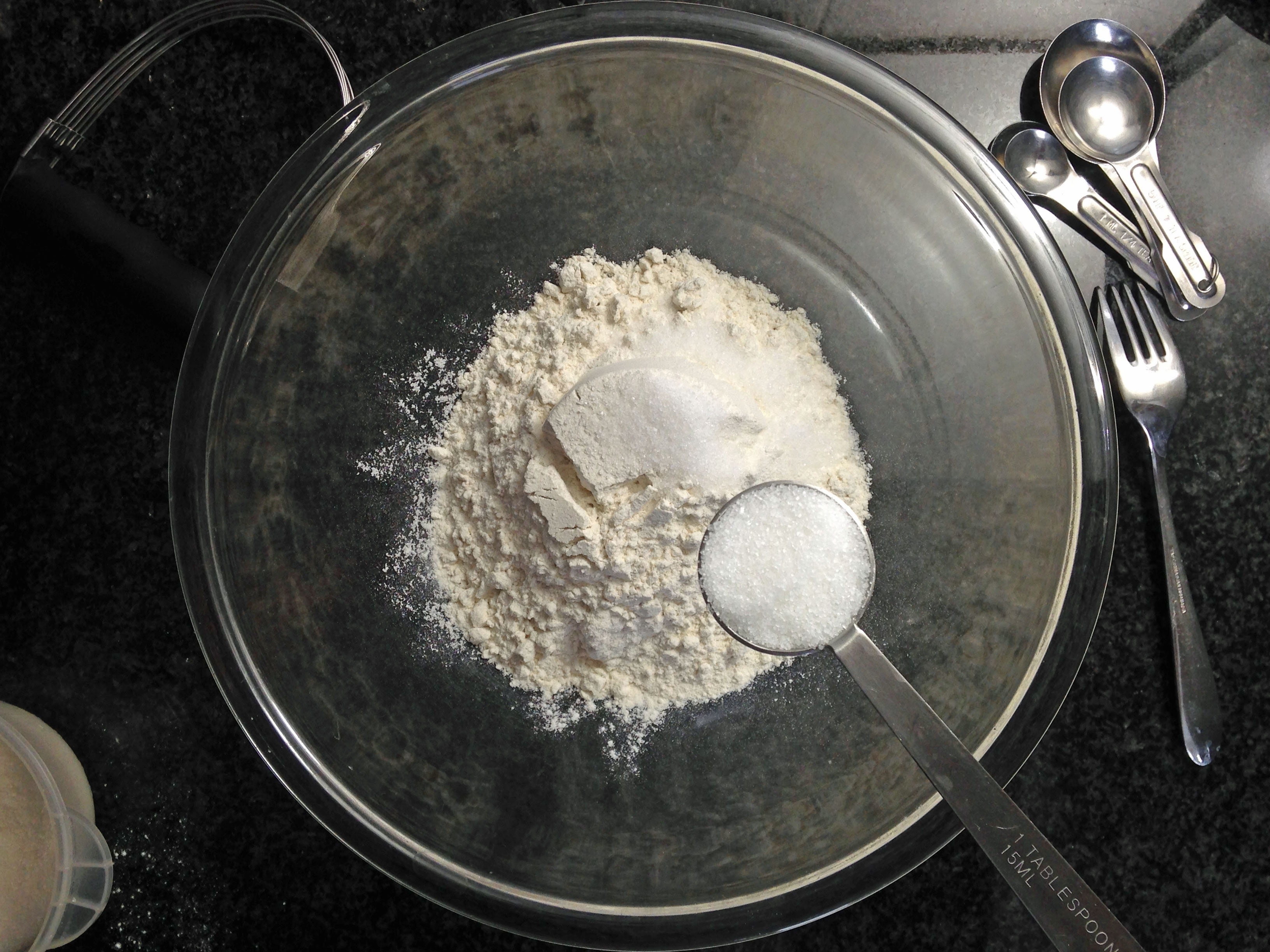
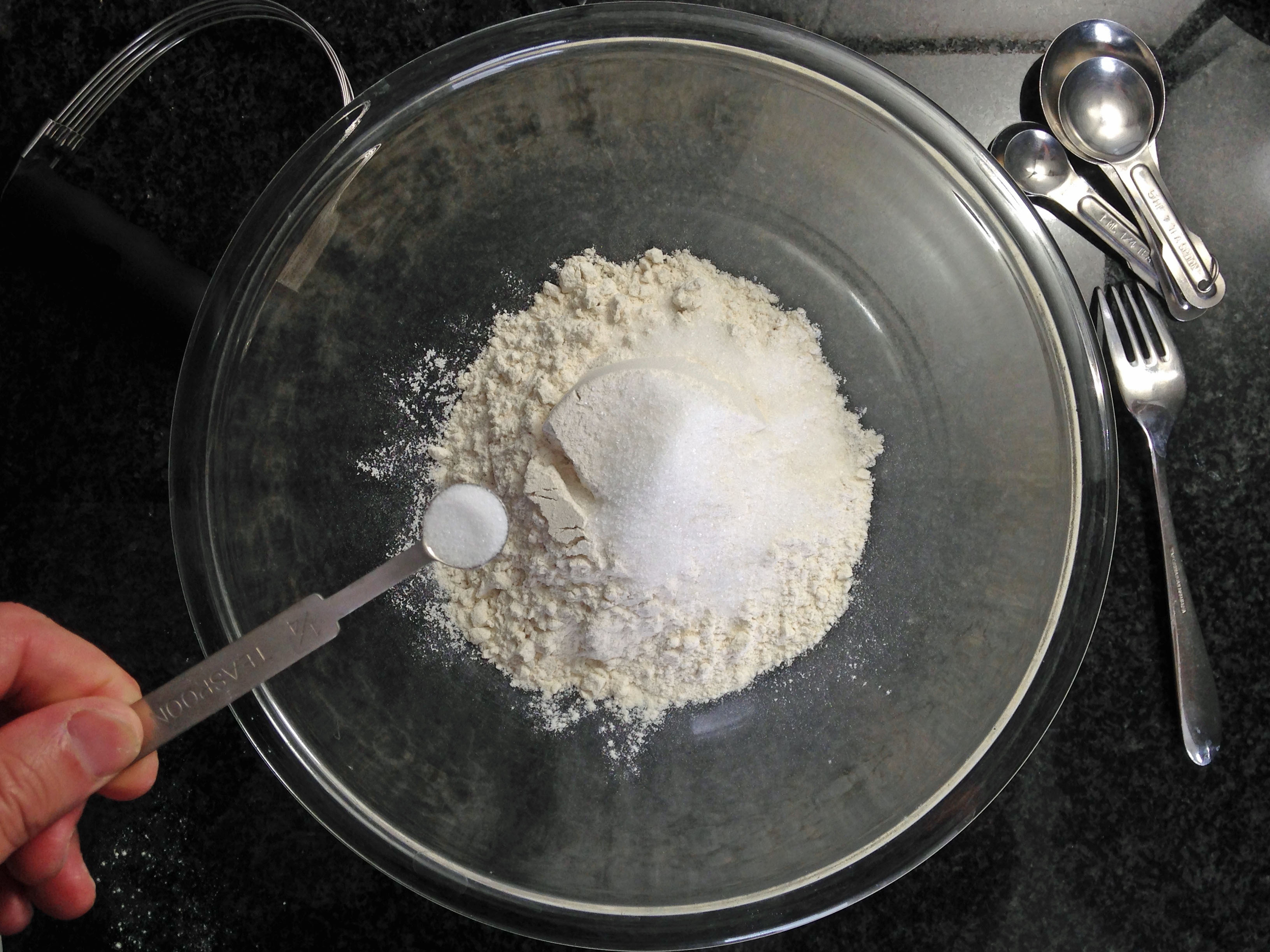
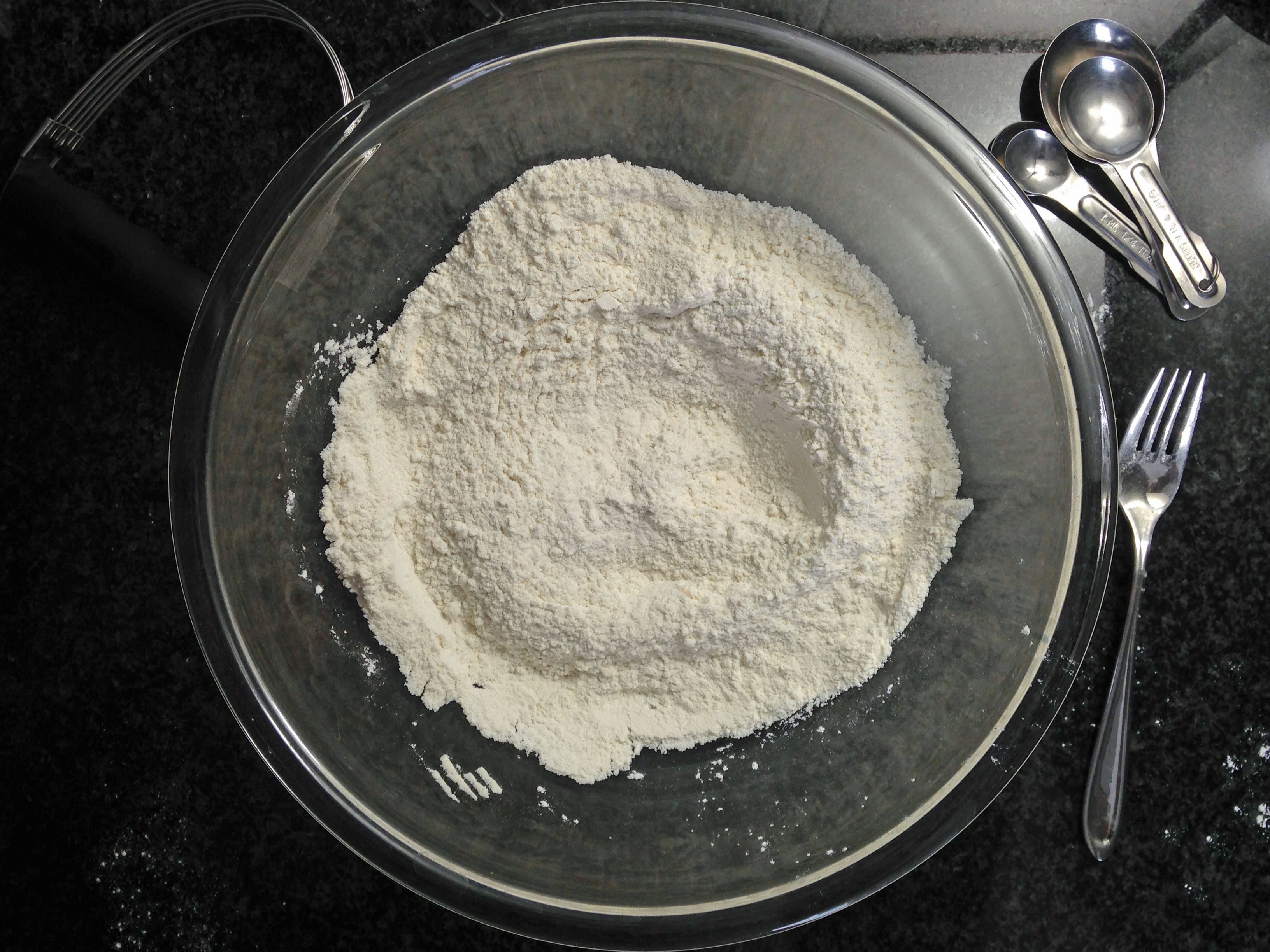
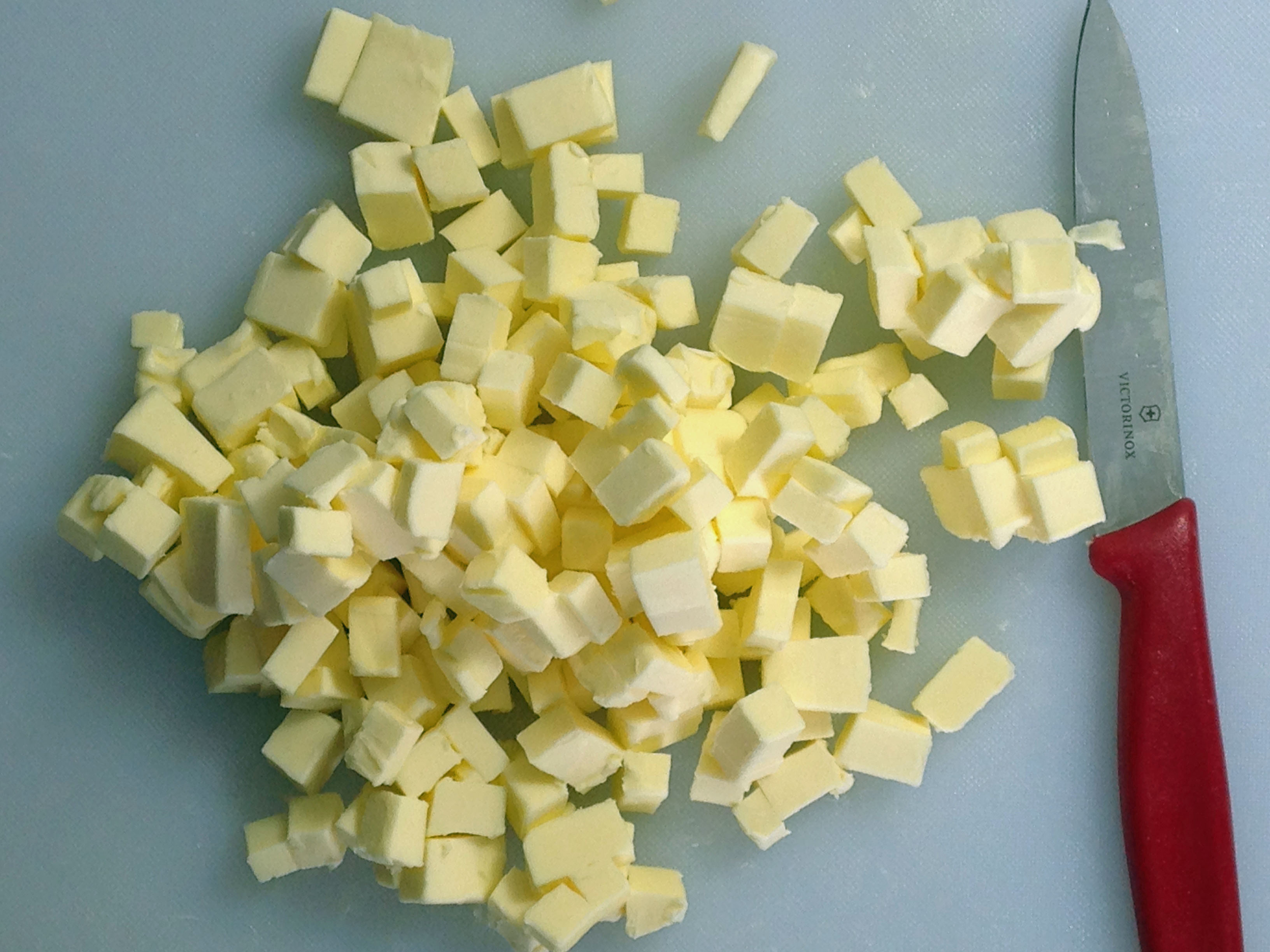
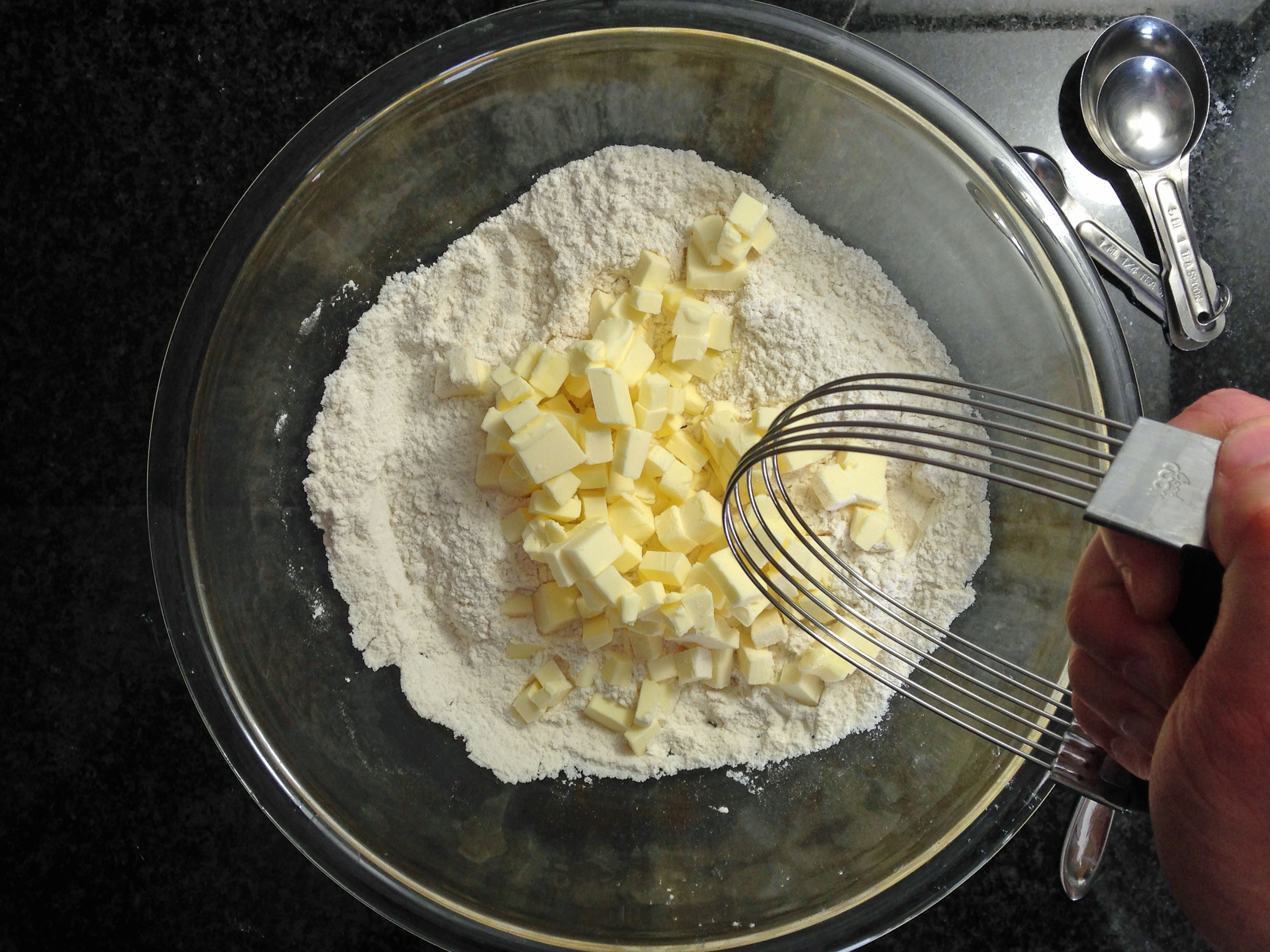
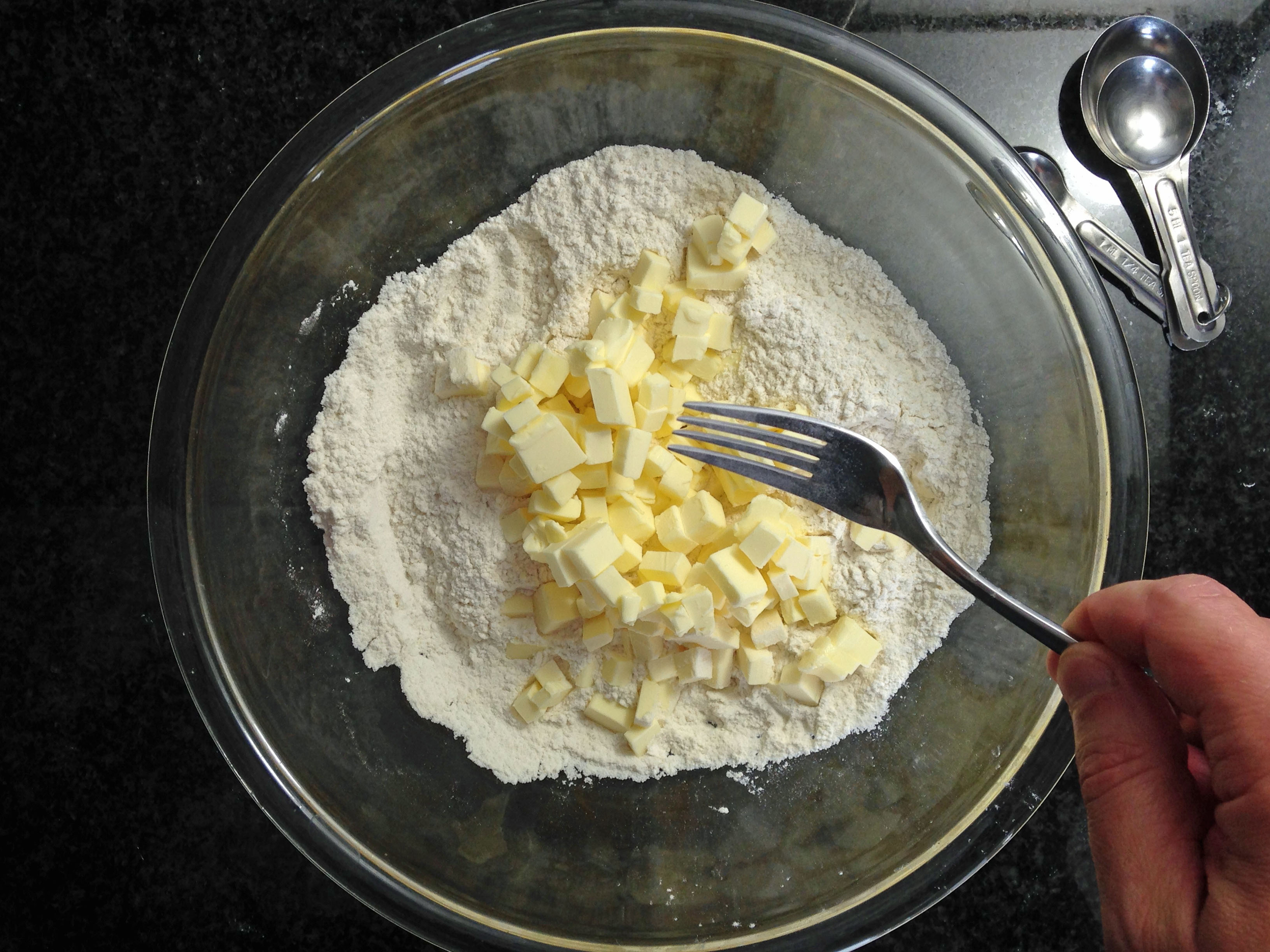
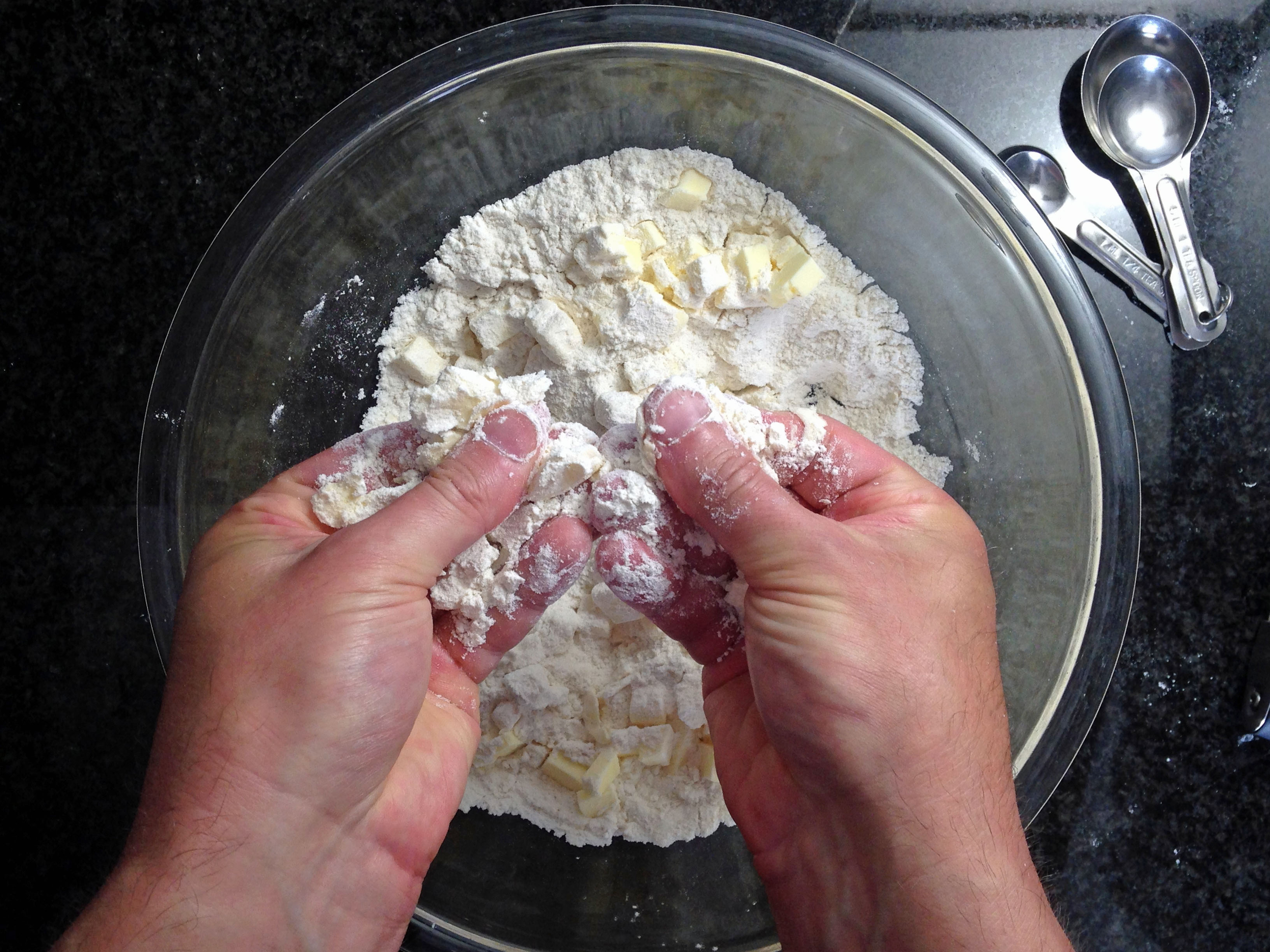
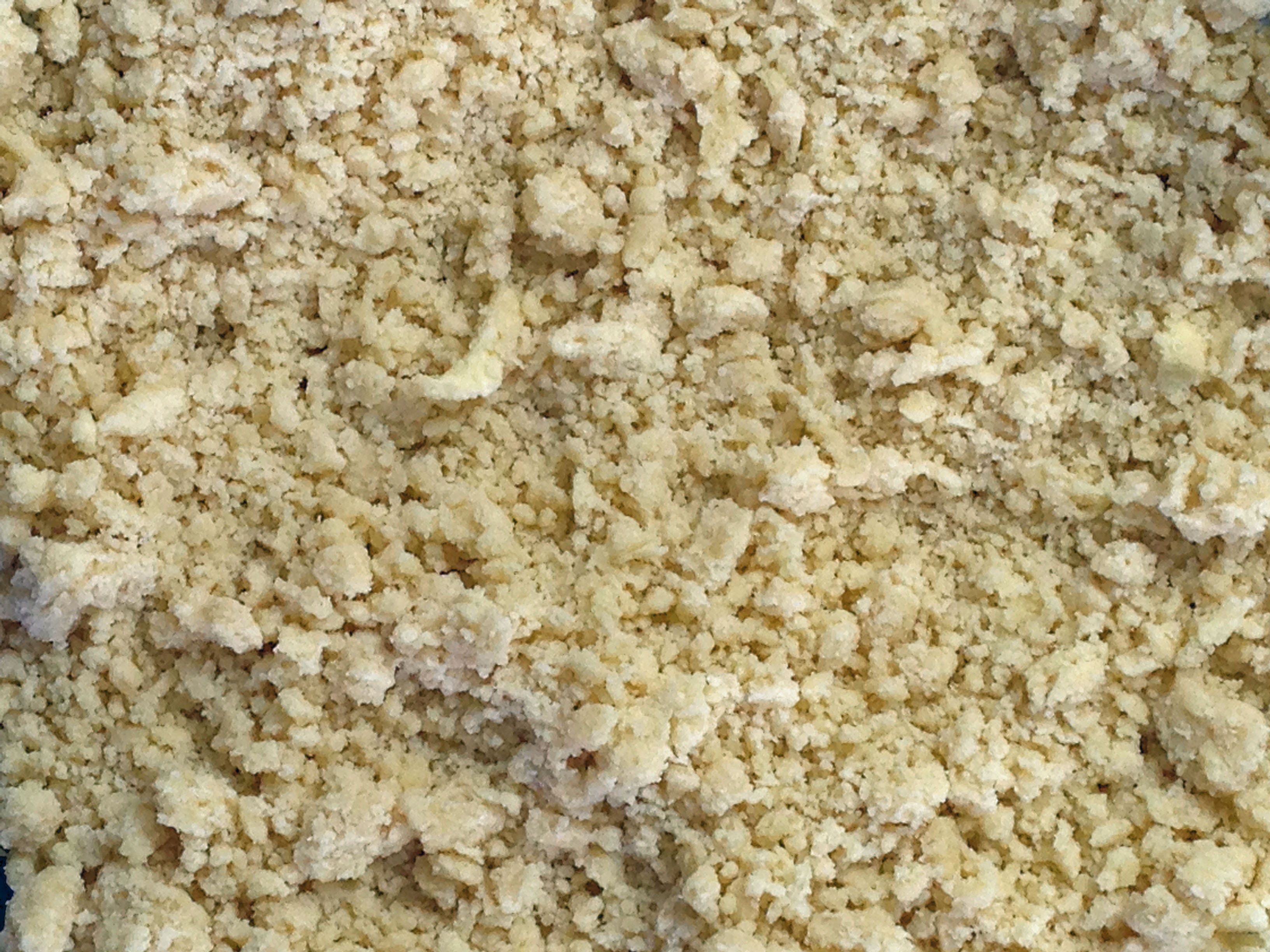
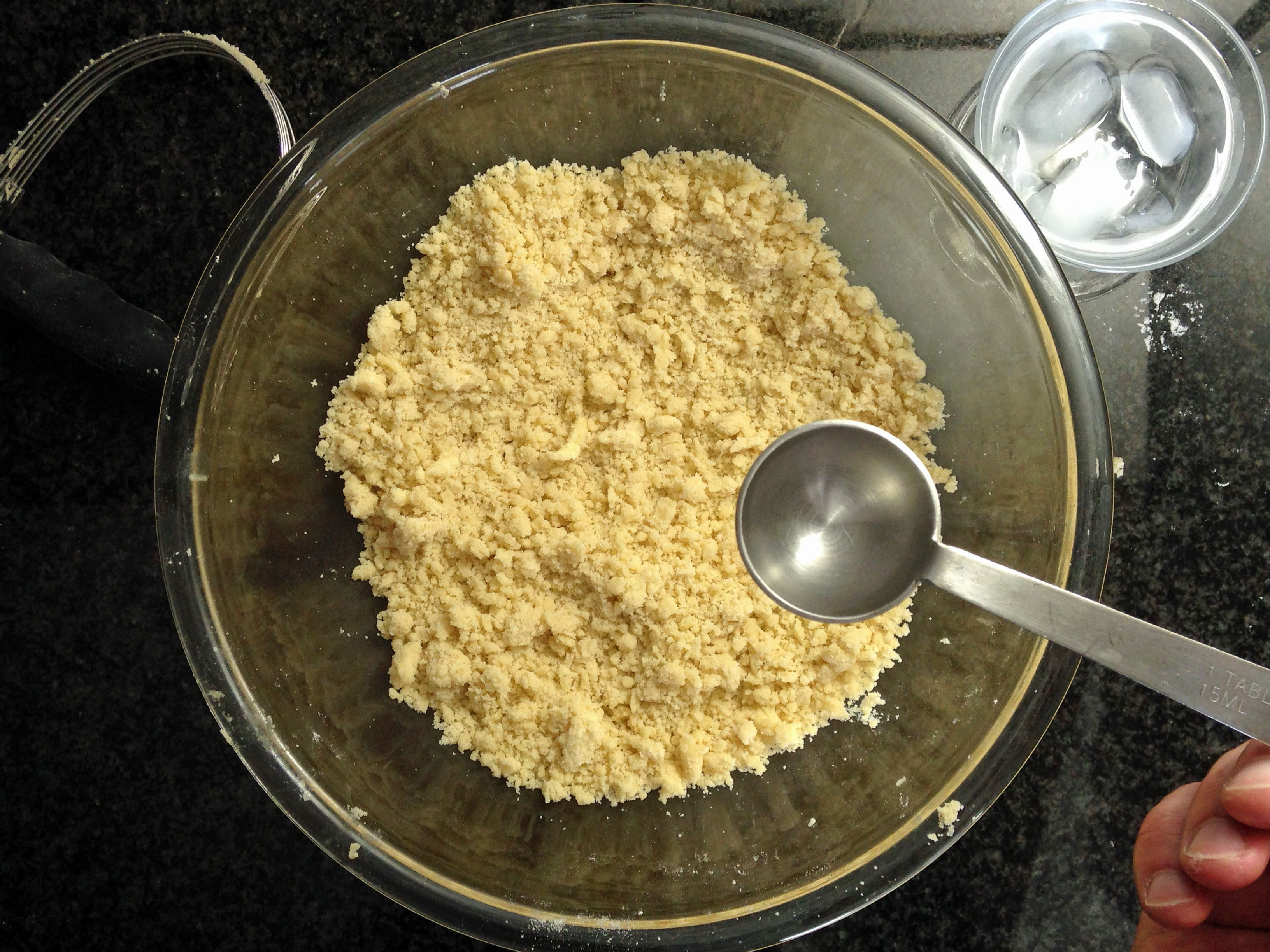
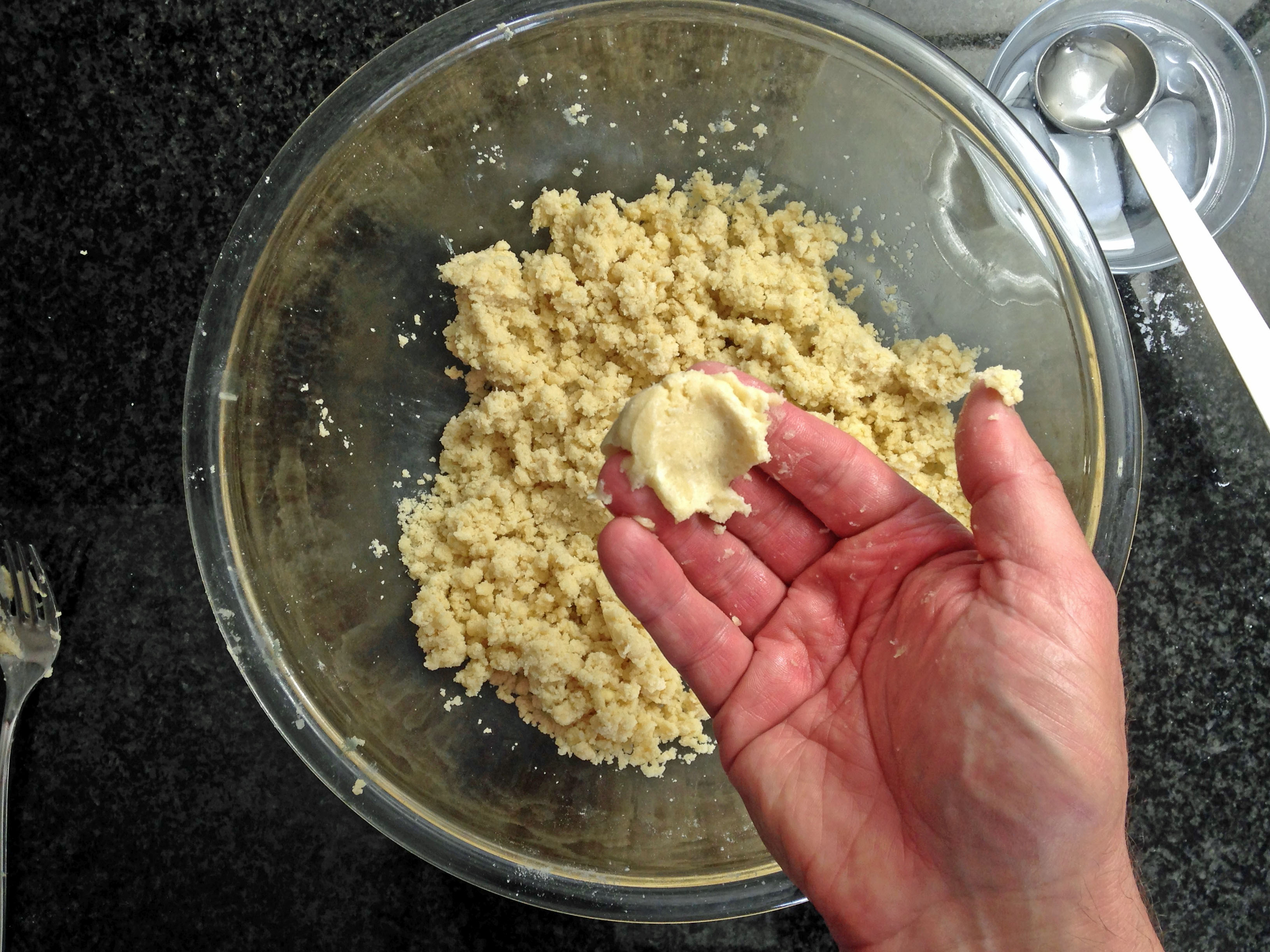
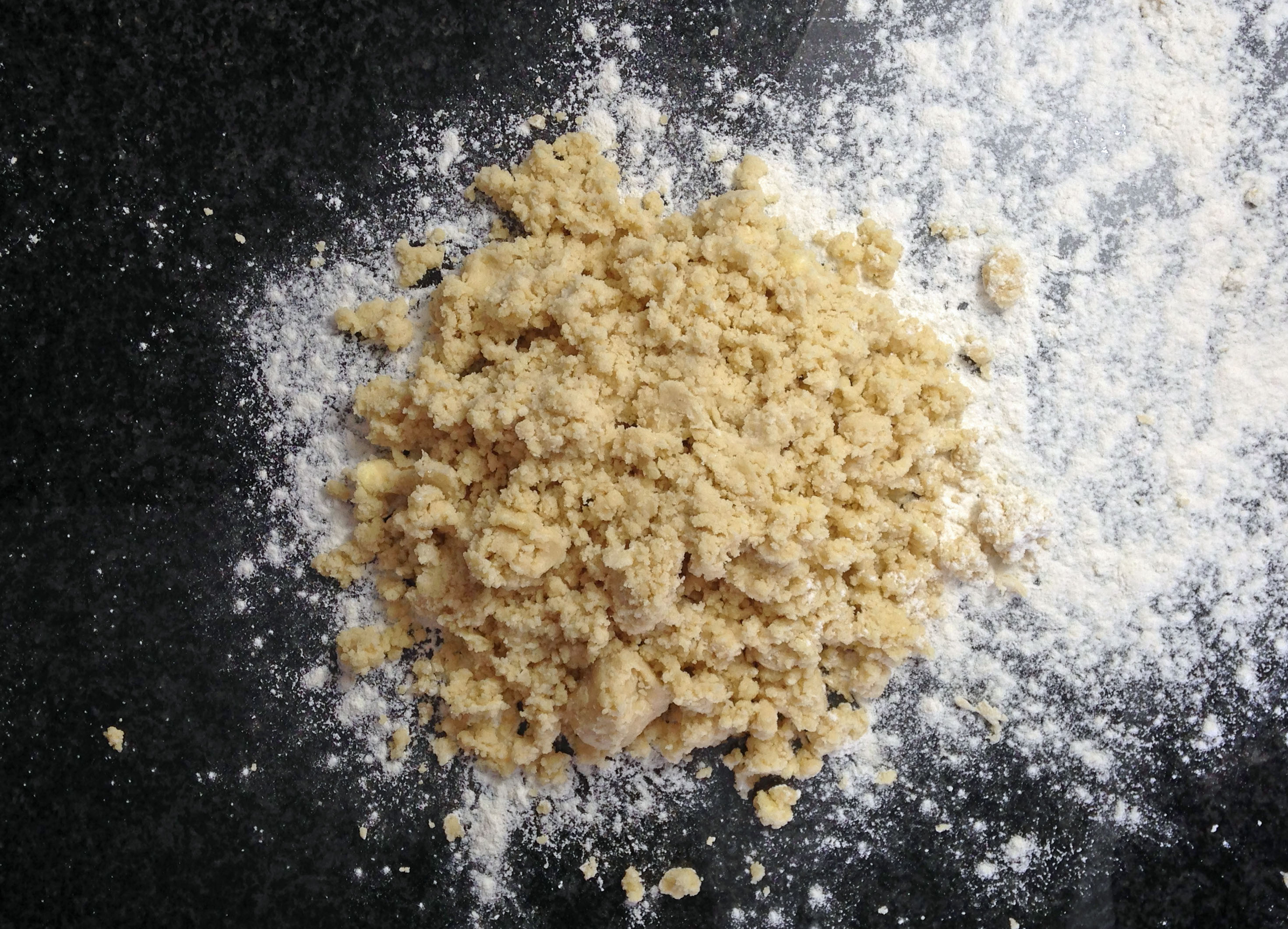
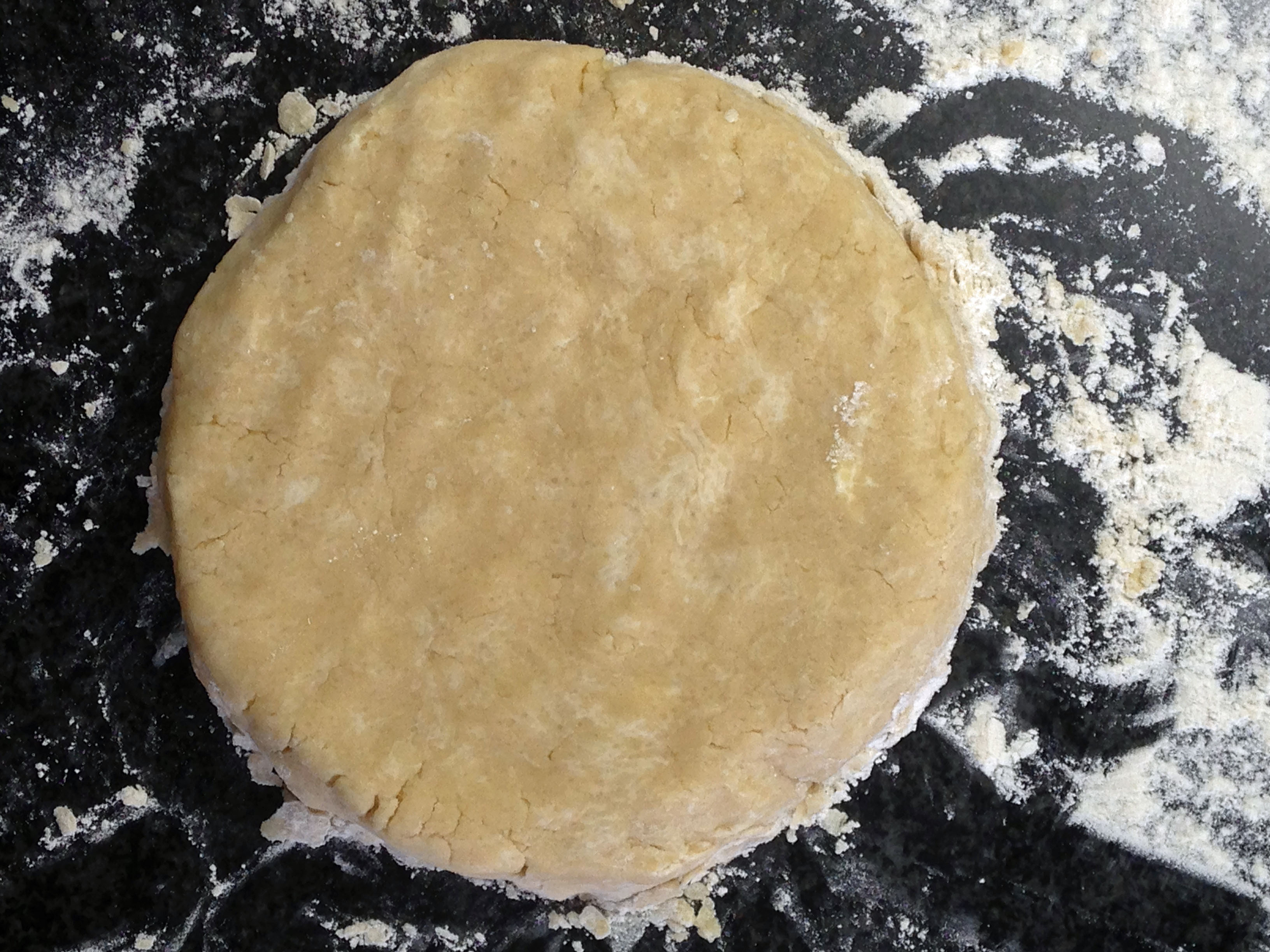
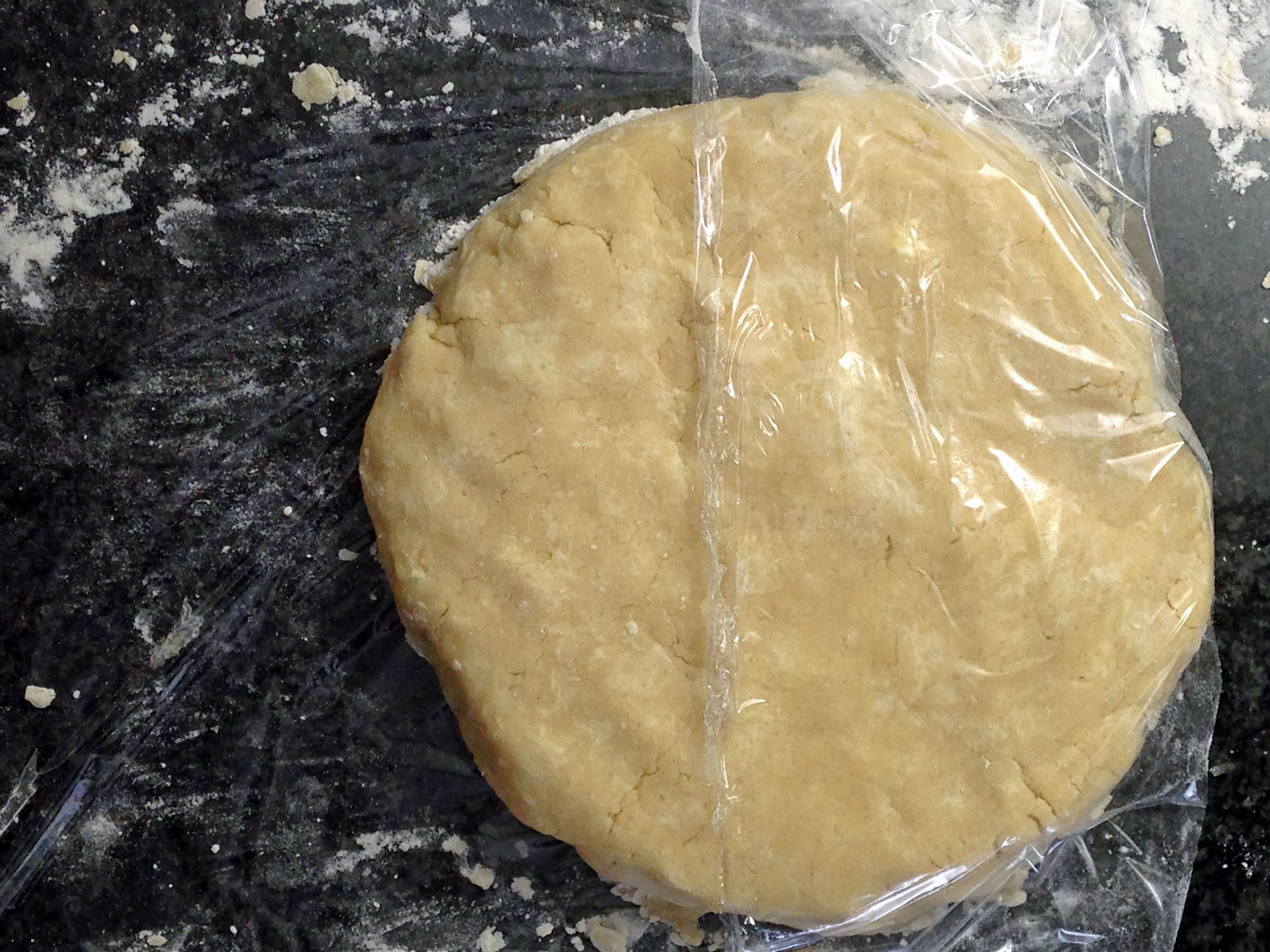
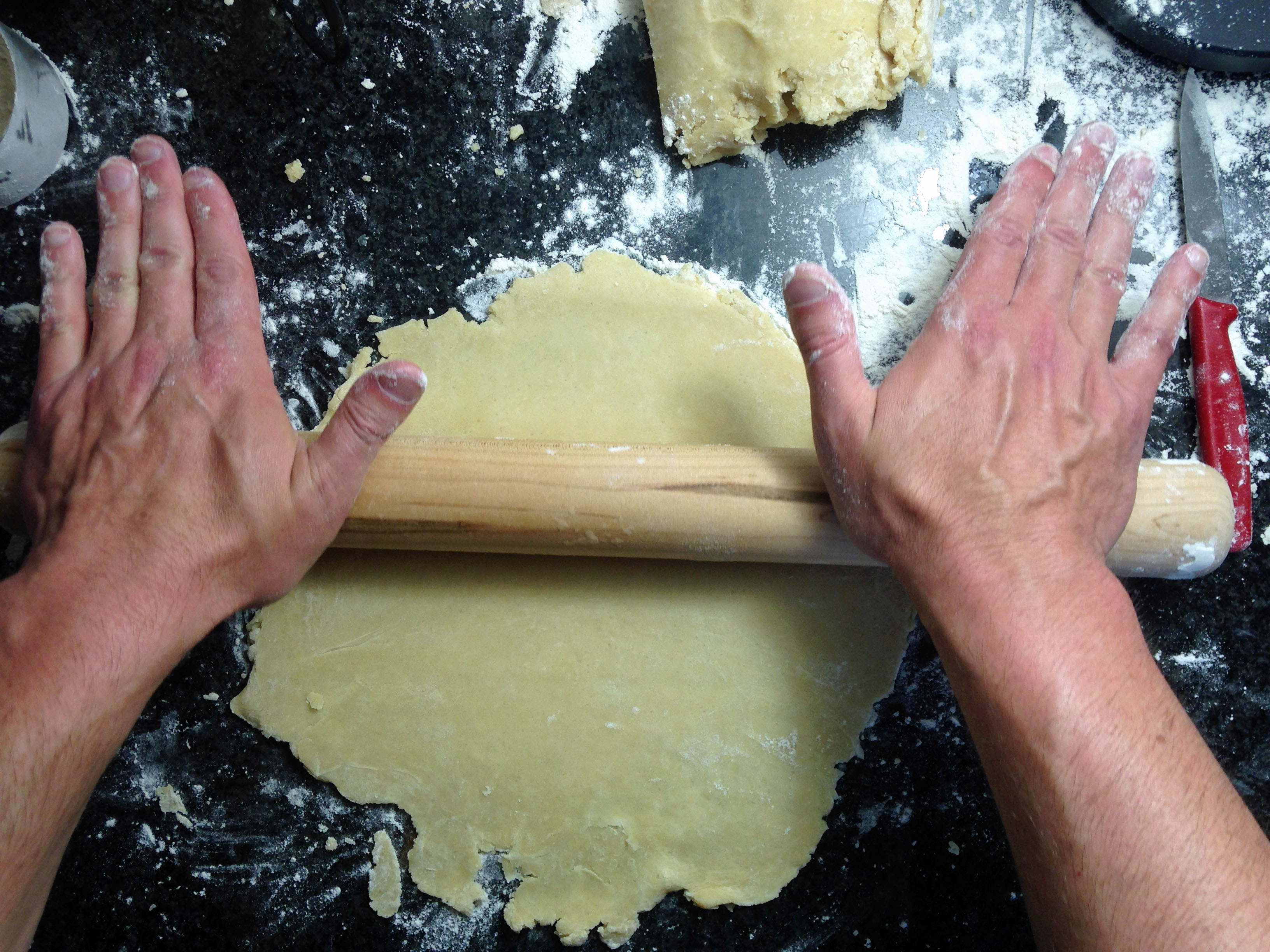

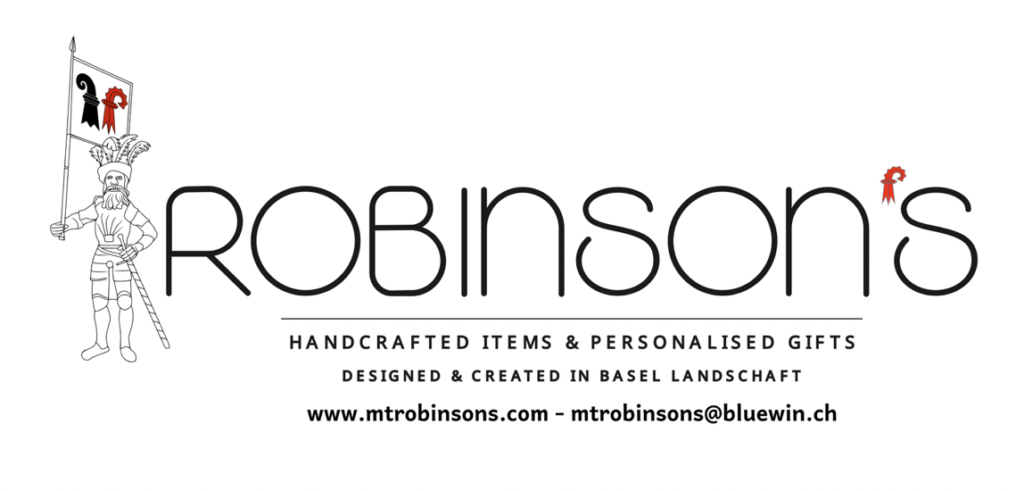
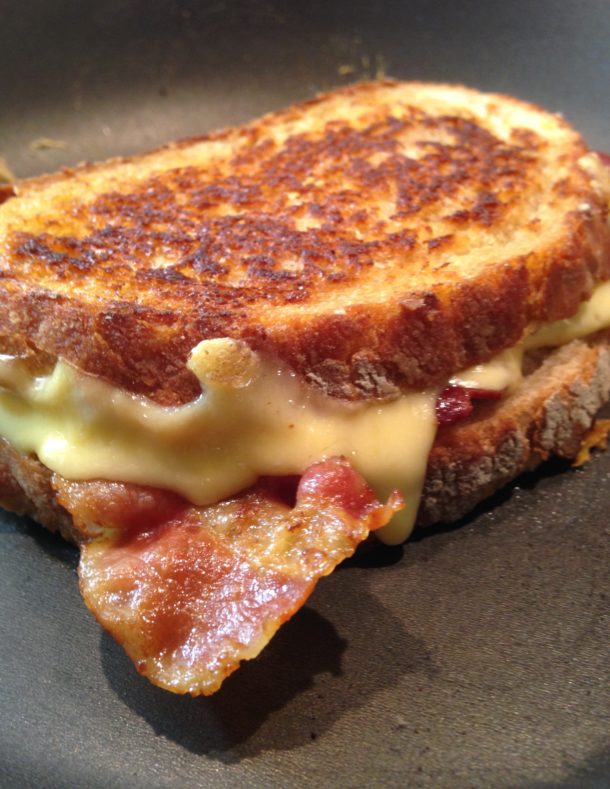
Trackbacks/Pingbacks